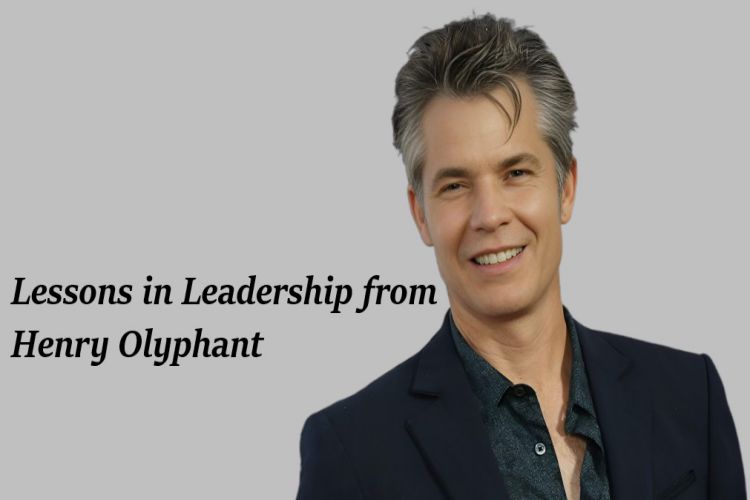
 The recent election of Donald Trump as the 47th president of the United States marks a significant moment in American political history, as he prepares to assume office for a second non-consecutive term on January 20, 2025. This transition is not merely a repeat of his first term; it is poised to be fundamentally different, reflecting lessons learned from past experiences and an evolving political landscape. As Trump gears up for his return to the White House, several key themes and implications emerge regarding his transition and the policies he aims to implement.
The recent election of Donald Trump as the 47th president of the United States marks a significant moment in American political history, as he prepares to assume office for a second non-consecutive term on January 20, 2025. This transition is not merely a repeat of his first term; it is poised to be fundamentally different, reflecting lessons learned from past experiences and an evolving political landscape. As Trump gears up for his return to the White House, several key themes and implications emerge regarding his transition and the policies he aims to implement.
A Shift in Political Dynamics
Trump’s second term is characterized by a notable shift in the Republican Party’s dynamics. Unlike his first presidency, where dissenting voices within the party occasionally challenged his authority, Trump’s return comes with nearly unanimous support from GOP lawmakers. The party has consolidated around him, effectively sidelining moderate Republicans who previously opposed some of his more extreme policies. This consolidation of power allows Trump to pursue an ambitious agenda with fewer obstacles from within Congress.
Moreover, Trump’s transition team has been strategically assembled to reflect his priorities and values. Key figures from his first administration have been replaced with loyalists who share his vision and are committed to executing his agenda without question. This shift is evident in his approach to staffing; Trump has emphasized loyalty as a critical criterion for selection, learning from past experiences where high-profile appointees turned against him.
Navigating the Transition Process
The transition period for Trump is set against a backdrop of historical significance. He will be the first president in U.S. history to serve non-consecutive terms since Grover Cleveland. This unique situation brings both challenges and opportunities as Trump seeks to establish a new administration that diverges sharply from that of Joe Biden.
Trump’s transition team, led by familiar faces such as Linda McMahon and Howard Lutnick, has already begun preparations for governance. However, the process has not been without controversy. Notably, Trump has opted out of signing traditional ethics agreements that would require transparency regarding campaign financing and background checks for nominees. This decision reflects Trump’s tendency to break from established norms, prioritizing what he perceives as organizational independence over traditional protocols.
Policy Implications and Future Directions
As Trump prepares for his second term, he has laid out an ambitious policy agenda that includes sweeping changes across various domains:
Immigration: Trump has promised the largest deportation effort in U.S. history, emphasizing stricter immigration controls and tariffs on imports.
Economic Strategy: His economic policies are expected to blend traditional conservative approaches with populist elements, including proposals for tax cuts and increased federal spending.
Foreign Policy: Trump’s foreign policy remains enigmatic but is likely to lean towards isolationism while maintaining strong support for Israel and taking a hard stance against Iran. He has expressed intentions to negotiate peace in ongoing conflicts like the Russia-Ukraine war but has provided little detail on how he plans to achieve these goals.
Furthermore, Trump’s administration will likely focus on minimizing federal regulations across various sectors, particularly in energy production and environmental protections. His previous efforts to roll back regulations are expected to continue, aligning with his administration’s pro-fossil fuel stance.
The Role of Loyalty in Governance
One of the most significant changes anticipated in Trump’s second term is the emphasis on loyalty within the executive branch. Former officials have noted that loyalty under Trump is often a “one-way street,” with little tolerance for dissent or criticism. This approach could lead to a more cohesive administration but may also stifle dissenting opinions that are crucial for effective governance.
Trump’s selection process for key positions will prioritize individuals who align closely with his views rather than those who might challenge or question his decisions. This strategy aims to avoid the pitfalls of his first term, where several high-profile appointees ultimately became critics.
Challenges Ahead
Despite the advantages of a unified party and a loyal administration, Trump faces significant challenges as he transitions back into power. The political landscape has changed since he last held office; public sentiment remains divided, and many Americans are wary of returning to policies reminiscent of his first term. Additionally, legal challenges stemming from ongoing investigations could complicate his governance if they persist during his presidency.
Moreover, Trump’s approach to international relations may provoke tensions with allies and adversaries alike. His admiration for authoritarian leaders and skepticism towards long-standing alliances could lead to unpredictable outcomes on the global stage.
Conclusion
Donald Trump’s second-term transition signifies not just a return to power but a potential redefinition of American politics. With a solidified Republican base behind him and an administration focused on loyalty over traditional norms, Trump is set to pursue an ambitious agenda that could reshape various aspects of governance. However, the challenges he faces—both domestically and internationally—will test his ability to navigate this new political landscape effectively.
As January 20 approaches, all eyes will be on how Trump manages this transition and whether he can fulfill the promises made during his campaign while addressing the complexities of leading a deeply divided nation. The implications of this transition extend beyond U.S. borders, potentially influencing global dynamics in ways yet unseen.




